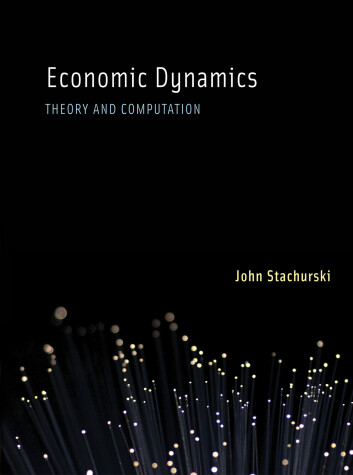The MIT Press
2 total works
This text provides an introduction to the modern theory of economic dynamics, with emphasis on mathematical and computational techniques for modeling dynamic systems. Written to be both rigorous and engaging, the book shows how sound understanding of the underlying theory leads to effective algorithms for solving real world problems. The material makes extensive use of programming examples to illustrate ideas. These programs help bring to life the abstract concepts in the text. Background in computing and analysis is offered for readers without programming experience or upper-level mathematics. Topics covered in detail include nonlinear dynamic systems, finite-state Markov chains, stochastic dynamic programming, stochastic stability and computation of equilibria. The models are predominantly nonlinear, and the emphasis is on studying nonlinear systems in their original form, rather than by means of rudimentary approximation methods such as linearization. Much of the material is new to economics and improves on existing techniques. For graduate students and those already working in the field, Economic Dynamics will serve as an essential resource.
One distinctive aspect of the text is its integration of traditional topics from statistics and econometrics with modern ideas from data science and machine learning; readers will encounter ideas that are driving the current development of statistics and increasingly filtering into econometric methodology. The text treats programming not only as a way to work with data but also as a technique for building intuition via simulation. Many proofs are followed by a simulation that shows the theory in action. As a primer, the book offers readers an entry point into the field, allowing them to see econometrics as a whole rather than as a profusion of apparently unrelated ideas.

